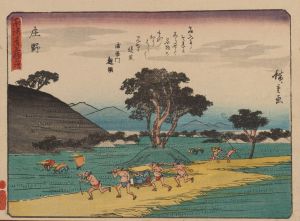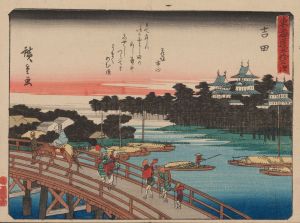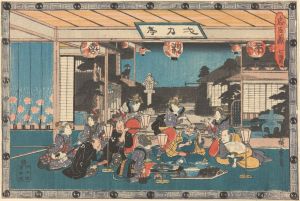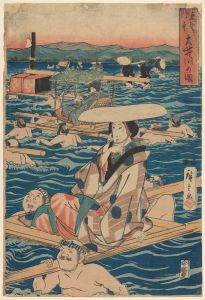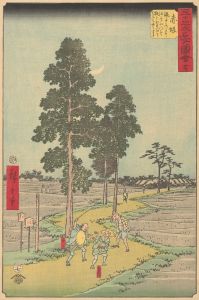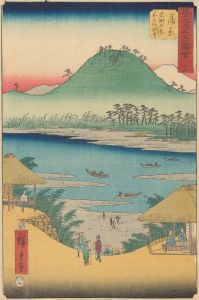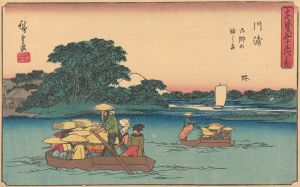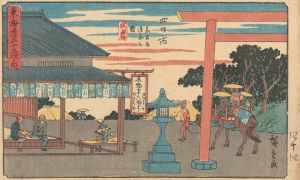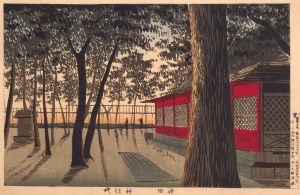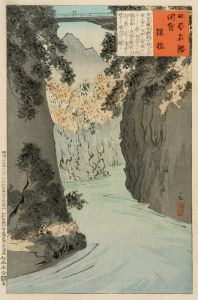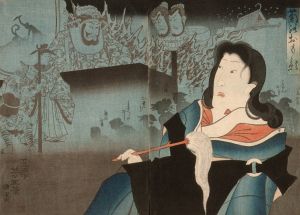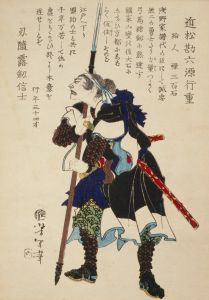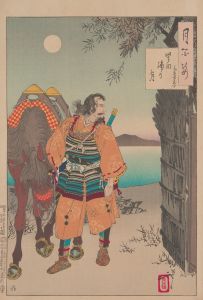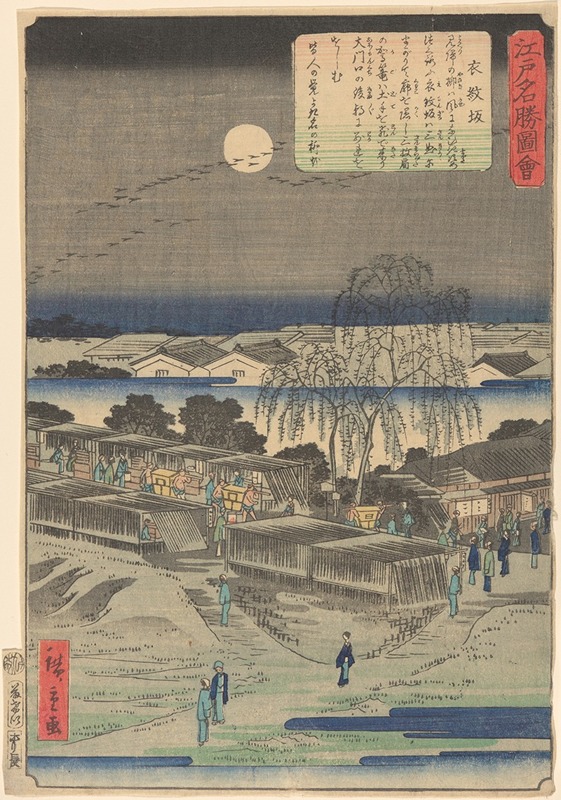
Emonzaka
A hand-painted replica of Andō Hiroshige’s masterpiece Emonzaka, meticulously crafted by professional artists to capture the true essence of the original. Each piece is created with museum-quality canvas and rare mineral pigments, carefully painted by experienced artists with delicate brushstrokes and rich, layered colors to perfectly recreate the texture of the original artwork. Unlike machine-printed reproductions, this hand-painted version brings the painting to life, infused with the artist’s emotions and skill in every stroke. Whether for personal collection or home decoration, it instantly elevates the artistic atmosphere of any space.
Andō Hiroshige, a renowned Japanese ukiyo-e artist of the Edo period, is celebrated for his landscape prints and depictions of everyday life in Japan. One of his works, "Emonzaka," is part of his extensive oeuvre that captures the beauty and essence of Japanese scenery and culture. Hiroshige's work is often characterized by its vibrant colors, dynamic compositions, and the ability to evoke a sense of place and atmosphere.
"Emonzaka" is a woodblock print that is part of Hiroshige's series, which often depicted famous places and scenic spots throughout Japan. While specific details about "Emonzaka" itself are limited, it is likely that this print, like many of Hiroshige's works, captures a specific location known for its natural beauty or cultural significance. Emonzaka, which translates to "Emon Slope," could refer to a particular slope or hill that was notable during Hiroshige's time.
Hiroshige's prints are known for their innovative use of perspective and composition, often incorporating elements such as weather, seasons, and human activity to bring the scenes to life. His work had a significant influence on Western art, particularly on the Impressionists, who admired his ability to capture fleeting moments and the transient beauty of nature.
The ukiyo-e style, which Hiroshige mastered, involves a collaborative process where the artist designs the image, a carver chisels the design into wooden blocks, and a printer applies ink to create the final print. This method allows for the production of multiple copies, making art more accessible to the public during the Edo period.
Hiroshige's attention to detail and his ability to convey the mood of a scene are evident in his landscapes, which often feature elements such as mist, rain, snow, and the changing light of different times of day. These features not only highlight the natural beauty of the locations but also reflect the cultural and spiritual connection the Japanese people have with their environment.
While specific historical records about the "Emonzaka" print are scarce, it can be appreciated within the broader context of Hiroshige's work, which often celebrated the harmony between humans and nature. His prints serve as a visual record of Japan during the Edo period, offering insights into the geography, culture, and daily life of the time.
Hiroshige's legacy continues to be celebrated today, with his works held in high regard by art historians and collectors worldwide. His ability to capture the essence of Japan's landscapes and his influence on both Japanese and Western art make him a pivotal figure in the history of art. Through prints like "Emonzaka," Hiroshige invites viewers to experience the serene beauty and cultural richness of Japan, leaving a lasting impression that transcends time and geography.





